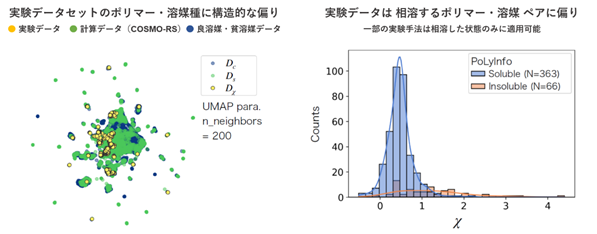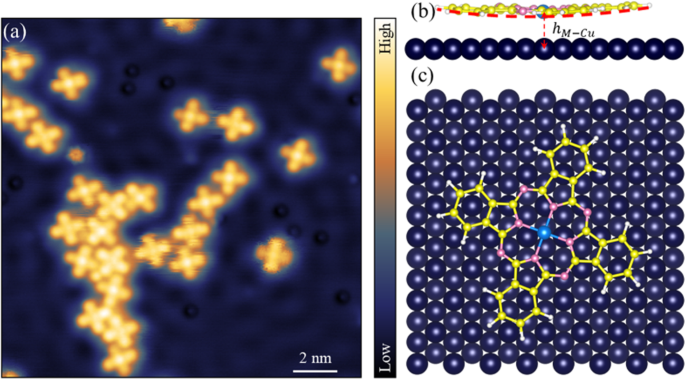2023-07-14 テキサス大学オースチン校(UT Austin)
◆暗黒星は私たちの太陽よりも大きく、明るくなることがあり、ジェームズ・ウェッブ望遠鏡の追加観測によって確認されるかもしれない。これによって、宇宙の形成モデルとの整合性も改善される可能性がある。暗黒星の発見は、物理学における未解決の問題の一つである暗黒物質の本質を明らかにする重要な発見となる。
<関連情報>
- https://news.utexas.edu/2023/07/14/james-webb-telescope-catches-glimpse-of-possible-first-ever-dark-stars/
- https://www.pnas.org/doi/10.1073/pnas.2305762120
JWSTが捉えた超巨大暗黒星候補 Supermassive Dark Star candidates seen by JWST
Cosmin Ilie, Jillian Paulin, and Katherine Freese
Proceedings of the National Academy of Sciences Published:July 11, 2023
DOI:https://doi.org/10.1073/pnas.2305762120

Significance
In 2007, we proposed the idea of Dark Stars. The first phase of stellar evolution in the history of the universe may be Dark Stars (DS), powered by dark matter (DM) heating rather than by nuclear fusion. Although made almost entirely of hydrogen and helium from the Big Bang, they form at the centers of protogalaxies where there is a sufficient abundance of DM to serve as their heat source. They are very bright diffuse puffy objects and grow to be very massive. In fact, they can grow up to ten million solar masses with up to ten billion solar luminosities. In this paper, we show that the James Webb Space Telescope may have already discovered these objects.
Abstract
The first generation of stars in the universe is yet to be observed. There are two leading theories for those objects that mark the beginning of the cosmic dawn: hydrogen burning Population III stars and Dark Stars, made of hydrogen and helium but powered by dark matter heating. The latter can grow to become supermassive (M⋆ ∼ 106M⊙) and extremely bright (L ∼ 109L⊙). We show that each of the following three objects—JADES-GS-z13-0, JADES-GS-z12-0, and JADES-GS-z11-0 (at redshifts z ∈ [11, 14])—are consistent with a Supermassive Dark Star interpretation, thus identifying the first Dark Star candidates.



